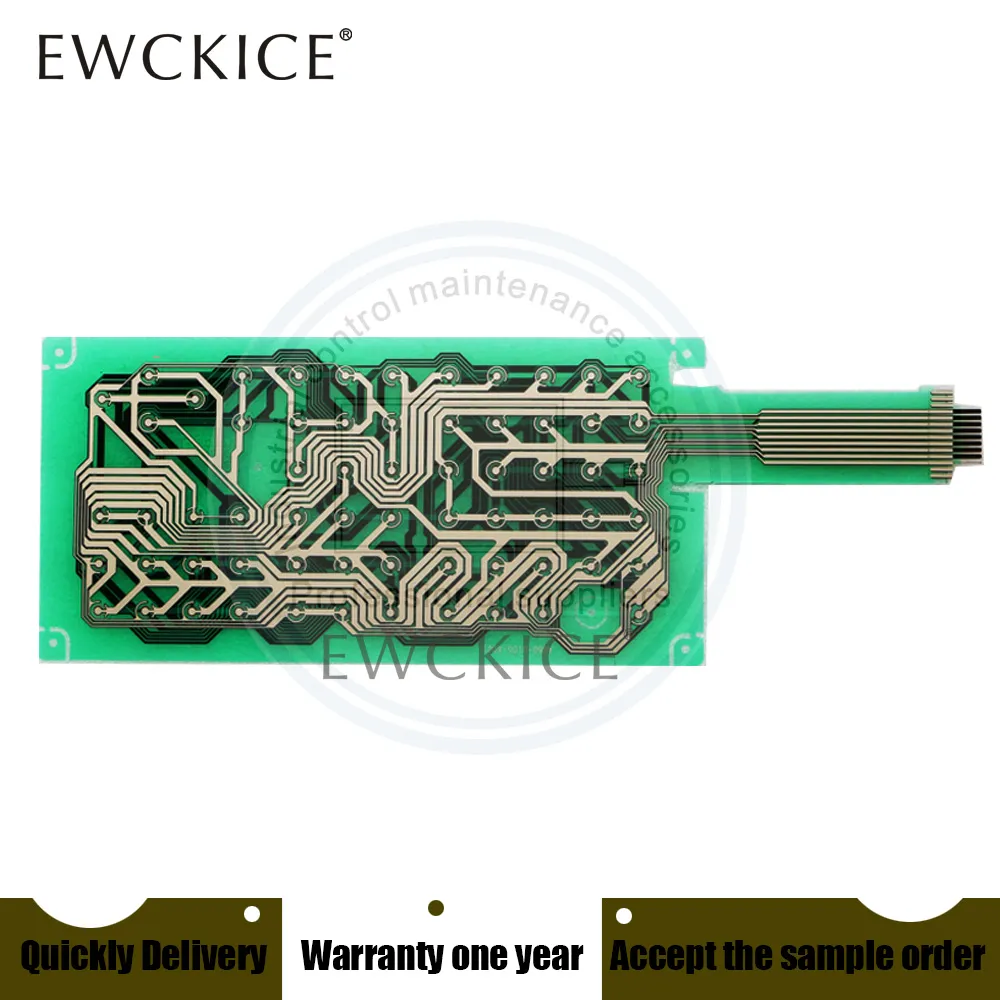How Membrane Switches Are Shaping the Future of Electronic Interfaces
How Membrane Switches Are Shaping the Future of Electronic Interfaces
Blog Article
Comprehending Membrane Changes: The Secret to Trusted and resilient Controls

What Are Membrane Layer Switches?
Membrane layer buttons are a sophisticated remedy in the world of interface technology, integrating functionality and layout effortlessly. These gadgets act as an interface in between individuals and electronic systems, incorporating numerous parts into a portable layout. Generally built from adaptable, slim layers of products, membrane switches are created to reply to touch, allowing users to interact with machinery and electronic tools successfully.
The main components of a membrane button consist of a published circuit layer, graphic overlay, and a spacer layer that protects against unintentional activation. The graphic overlay can be personalized to reflect brand identity or customer preferences, boosting aesthetics while making sure functionality. Membrane switches are frequently utilized in numerous applications, including medical gadgets, consumer electronic devices, and commercial tools, owing to their longevity and resistance to environmental aspects such as wetness and dust.
Among the vital advantages of membrane buttons is their ability to withstand deterioration, making them excellent for high-traffic atmospheres. Additionally, they are lightweight and require very little room, permitting innovative styles in item advancement. On the whole, membrane layer switches stand for a effective and sensible selection for modern digital interfaces, weding technology with user-centric style concepts.
Just How Membrane Layer Switches Work
The procedure of membrane layer switches hinges on an easy yet efficient device that equates customer input into digital signals. When an individual presses the switch, the top layer flaws, permitting a conductive aspect in the circuit layer to make call with a matching conductive pad on the underside of the visuals overlay.
The layout of membrane buttons can differ, however they often include domes or responsive elements to provide comments to the customer, improving the total experience - membrane switch. The materials made use of in membrane switches, such as polyester or polycarbonate, contribute to their sturdiness and resistance to environmental factors, consisting of moisture and dust. In addition, the printed circuits are usually encapsulated, which secures them from damage gradually.
Benefits of Membrane Switches

Additionally, membrane switches are known for their durability. Created from durable products, they are resistant to dust, moisture, and physical wear, which significantly expands their lifespan contrasted to typical mechanical switches. This longevity makes them specifically ideal for high-traffic environments and applications needing long life.
One more significant advantage is the ease of cleansing and upkeep. The smooth surface area of membrane layer switches minimizes dirt buildup and is commonly invulnerable to spills, making them optimal for setups that call for regular sanitization.
Furthermore, membrane layer buttons provide a streamlined find out this here account, bring about a thinner layout that can be incorporated right into various tools without adding mass. This attribute not only improves the visual charm yet also contributes to an extra ergonomic product layout.
Applications of Membrane Layer Buttons
Functional and easy to use, membrane switches locate applications across a wide variety of sectors, including medical devices, consumer electronic devices, and commercial equipment. In the medical area, these switches are integral to gadgets such as diagnostic equipment, person monitoring systems, and mixture pumps, where reliability and ease of cleansing are crucial. Their ability to stand up to extreme settings and keep performance makes them perfect for such applications.

In customer electronics, membrane switches are used in products like microwaves, cleaning equipments, and remote controls - membrane switch. Their smooth style enables for user-friendly customer interfaces, boosting the index total individual experience while providing longevity and resistance to tear and use
Commercial devices additionally profits from membrane layer buttons, specifically in control panels for machinery and automation systems. These buttons use defense against dust and wetness, guaranteeing regular performance in challenging atmospheres. Their personalized features permit makers to customize them to specific functional requirements, improving efficiency and functionality.
Choosing the Right Membrane Layer Switch Over
When choosing a membrane layer switch, it is crucial to think about different factors that influence performance and suitability for certain applications. The primary factors to consider include environmental problems, responsive comments, resilience, and style specs.
First, examine the operating setting; check my reference buttons exposed to wetness, chemicals, or extreme temperature levels call for specific products to make sure durability and capability. Next, evaluate the requirement for responsive comments. Relying on individual interaction, some applications might take advantage of a tactile reaction to verify activation, while others might prefer a non-tactile style for aesthetic reasons.
Resilience is an additional crucial factor; membrane buttons need to be designed to withstand regular use, impacts, and abrasion. Make certain the chosen switch can endure the expected lifecycle, especially in high-usage circumstances.

Conclusion
In verdict, membrane changes serve as essential parts in the layout of trusted and long lasting control systems across numerous sectors. The versatility of membrane layer switches permits for customized solutions that satisfy specific operational demands, enhancing their value in contemporary innovation.
Membrane changes represent a vital facet of modern user interface layout, mixing performance with strength in numerous applications.Membrane switches are a sophisticated solution in the world of user interface innovation, integrating capability and layout seamlessly. Usually constructed from versatile, slim layers of materials, membrane layer switches are made to react to touch, allowing customers to communicate with machinery and electronic devices properly.
The design of membrane layer switches can vary, yet they typically incorporate domes or tactile aspects to supply responses to the individual, improving the general experience.In verdict, membrane layer switches serve as necessary elements in the layout of sturdy and trustworthy control systems throughout numerous industries.
Report this page